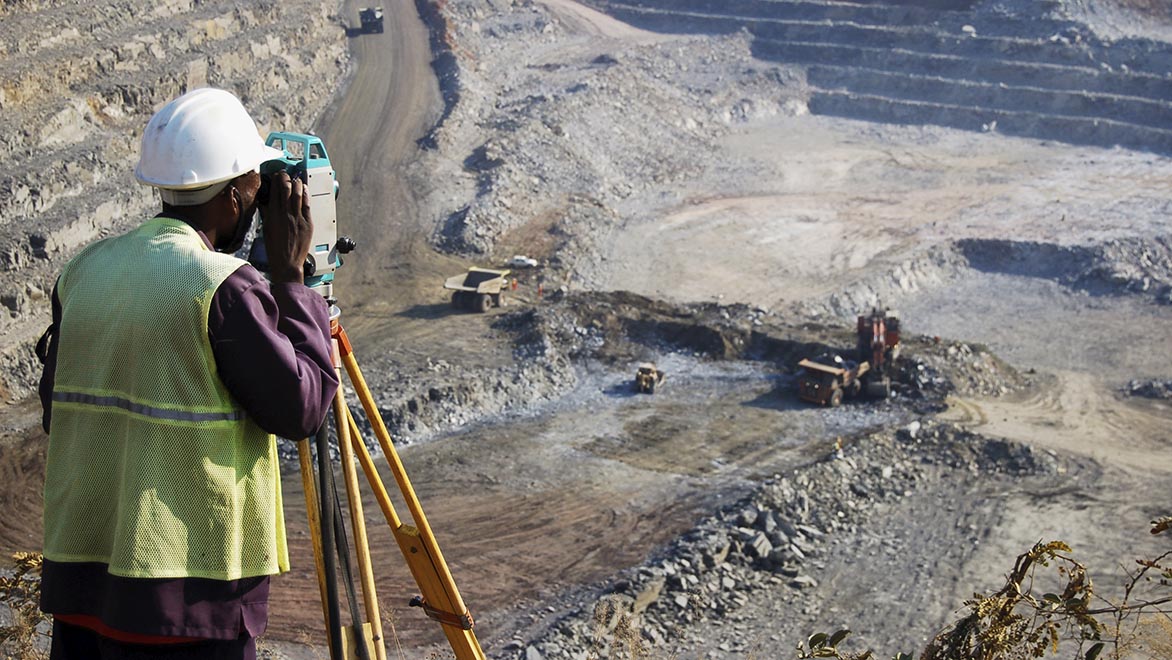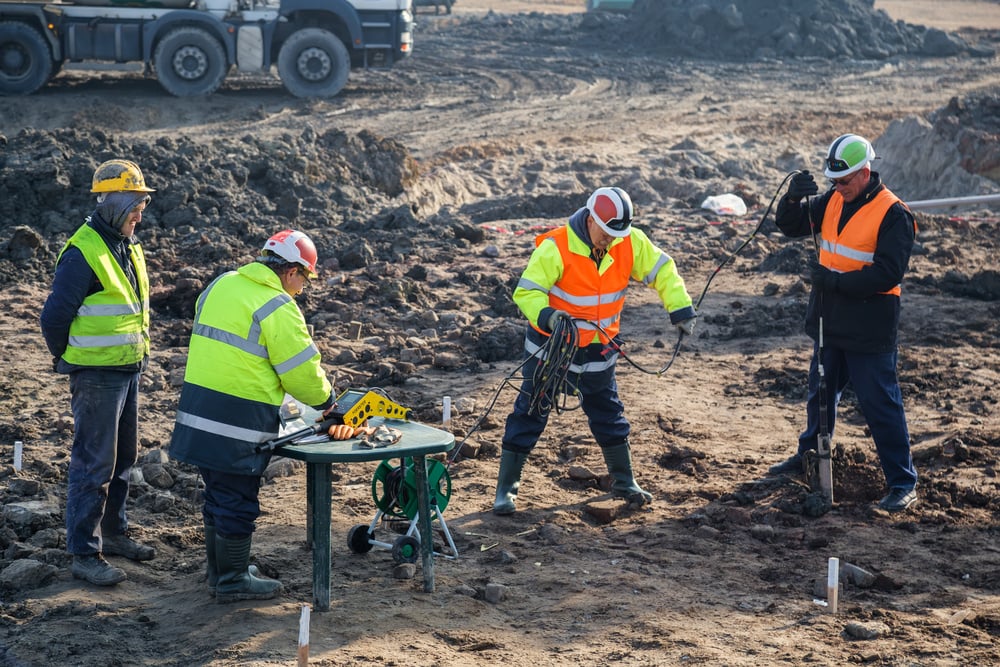An Unbiased View of Geotechnical Engineering For Construction Projects
An Unbiased View of Geotechnical Engineering For Construction Projects
Blog Article
The Best Guide To Geotechnical Engineering For Construction Projects
Table of ContentsNot known Incorrect Statements About Geotechnical Engineering For Construction Projects The Single Strategy To Use For Geotechnical Engineering For Construction ProjectsThe Only Guide to Geotechnical Engineering For Construction ProjectsRumored Buzz on Geotechnical Engineering For Construction Projects5 Easy Facts About Geotechnical Engineering For Construction Projects DescribedNot known Details About Geotechnical Engineering For Construction Projects
The role of geotechnical design significantly deals with realizing the features of soil and rock, which may vary significantly by their thickness, moisture content etc. These attributes need to be examined by geotechnical engineers to forecast their movements under numerous conditions. The safety and security in addition to stability of frameworks are affected by dirt problems, making this analysis required., in addition to exactly how they engage with building and constructions that have actually been put up on or within them, is one of the main explanations for why geotechnical design is important.
Ecological protection is accomplished through geotechnical design. Expertise in air, water, and soil high quality maintenance is put to use by geotechnical engineers to reduce the adverse effects of jobs.
To sum up, geotechnical engineering is an important self-control that maintains the durability and stability of civil facilities. Geotechnical engineers contribute to making building tasks reliable all over the globe by understanding the behaviour of planet materials and using proper planning strategies.
Excitement About Geotechnical Engineering For Construction Projects
The foundational stability of any type of project is imperative. Geotechnical design plays a vital duty in ensuring that frameworks are improved solid ground, essentially and figuratively. By taking a look at soil, rock, and subsurface conditions, geotechnical designers give crucial insights that assist in the layout, building, and upkeep of buildings and framework.

Facts About Geotechnical Engineering For Construction Projects Revealed
Lab testing: Figuring out the buildings of soil and rock. Several top-level building and construction tasks have actually efficiently used geotechnical engineering to guarantee their stability and security.

As a leader in geotechnical engineering, BECC Inc. is devoted to supplying cutting-edge and efficient options that fulfill the greatest standards of quality and security. To learn more on how BECC Inc. can sustain your following construction project, call us today and let us help you develop on solid ground.
William Rankine, a designer and physicist, developed a different to Coulomb's planet stress theory. Albert Atterberg developed the clay uniformity indices that are still utilized today for soil category. In 1885, Osborne Reynolds acknowledged that shearing reasons volumetric extension of dense products and contraction of loose granular products. Modern geotechnical engineering is claimed to have begun in 1925 with the magazine of Erdbaumechanik by Karl von Terzaghi, a mechanical engineer and rock hound.
The 20-Second Trick For Geotechnical Engineering For Construction Projects
Terzaghi additionally developed the structure for theories of birthing capacity of foundations, and the concept for prediction of the rate of settlement of clay layers as a result of combination. After that, Maurice Biot fully developed the three-dimensional soil combination theory, expanding the one-dimensional version formerly established by Terzaghi to a lot more basic theories and presenting the set of basic equations of Poroelasticity.
Geotechnical engineers investigate and determine the residential properties of subsurface conditions and products.
The 6-Second Trick For Geotechnical Engineering For Construction Projects
Still, they are sometimes used to enable a rock hound or designer to be decreased right into the borehole for straight visual and manual evaluation of the soil and rock stratigraphy. Various dirt samplers exist to fulfill the requirements of various engineering jobs. The basic penetration test, which makes use of a thick-walled split spoon sampler, is the most go common way to collect disturbed samples.

If the user interface in between the mass and the base of an incline has a complex geometry, incline security evaluation is challenging and numerical solution techniques are needed. Usually, the interface's precise geometry is unidentified, and a streamlined interface geometry is assumed. Limited slopes require three-dimensional versions to be assessed, so most slopes are analyzed thinking that they are considerably large and can be represented by two-dimensional designs.
Geotechnical Engineering For Construction Projects Can Be Fun For Anyone
The empirical technique might be described as complies with: General expedition sufficient to establish the harsh nature, pattern, and properties of deposits. Assessment of the most likely problems and one of the most negative possible discrepancies. Developing the design based on a working theory of habits prepared for under the most potential conditions. Selection of quantities to be observed as building profits and calculating their expected worths based upon the functioning hypothesis under the most unfavorable conditions.
Measurement of quantities and evaluation of real problems. It is inappropriate for projects whose layout can not be changed during construction.
Report this page